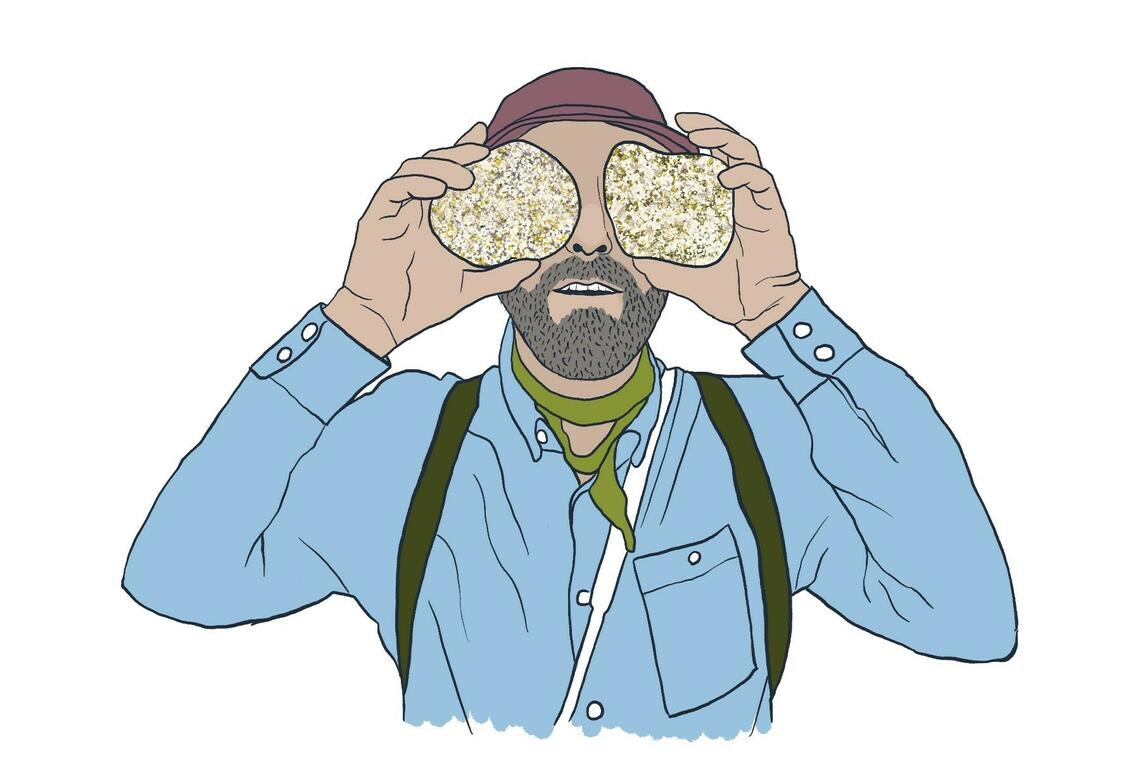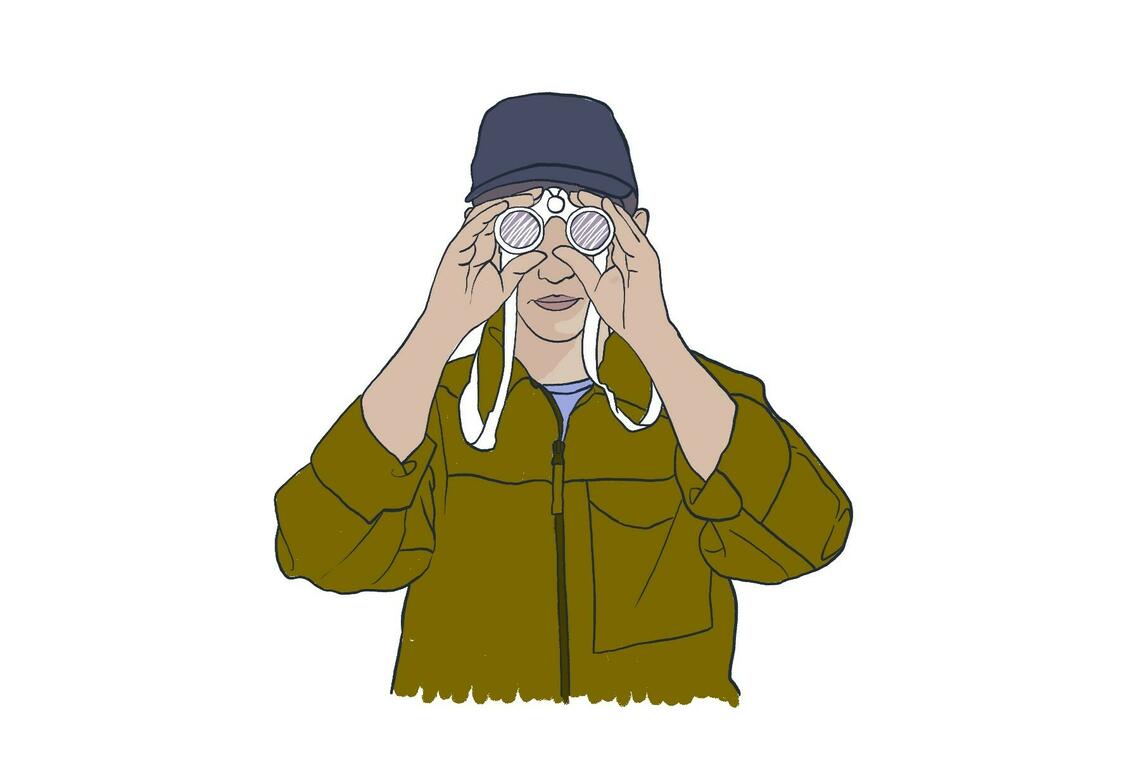Brains, Strains + Other Domains
“Brains, Strains + Other Domains” is a three-year critical and creative interdisciplinary research residency. While in residence Mia + Eric will research forms of neurodiversity that might exist in the natural world. It is Mia + Eric’s intention to draw inspiration from non-human, non-conforming neurological behaviours and the interior worlds of other species. By borrowing the relational practices of plants, animals, and fungus the artist will advance how they make their ecologically-focused social engagement work.


About the artists
Mia + Eric (Mia Rushton and Eric Moschopedis) are a neurodiverse, interdisciplinary artist team from Calgary, Alberta, Canada. Over the past fifteen years they have produced a significant and diverse body of work including public interventions, social engagement, exhibitions, installations, workshops, public art, artist talks, lectures, residencies and publications. Eric has a background in theatre and performance; and Mia studied printmaking and textiles. Together they bring together elements of craft, performance, cultural geography, and multi-species ethnography to create site-specific and socially-engaged works. Thematically Mia + Eric’s practice deals with interspecies relationships, biodiversity and place-based knowledge production in cities, small towns, and rural spaces. The form and scale of their work changes in response to the context in which they are working, which means no two projects are alike. They have worked with police and adult women to learn to skateboard, taken over 100 billboards in downtown Toronto with re-written bylaws to advertise new 'rules' for a future city, choreographed dances with foresters for a 9-channel video installation, took up residence at a marine biology station, gave a lecture to art school students in a garage in London, UK, and created a performance with goats. Since 2008, Mia + Eric have created nearly 40 individual projects, participated in 24 residencies, toured to over 30 cities, presented 32 talks, and made over a dozen publications. They often work in contemporary performance/theatre and visual art contexts and with formal and DIY galleries, festivals, residencies, conferences, and post-secondary institutions.
Mia completed her BFA Printmaking at the Alberta College of Art and Design (ACAD) in 2003. Eric received a BFA Performance from University of Calgary in 2002 and an MFA Interdisciplinary Graduate Studies from University of British Columbia: Okanagan in 2008.
Together, Mia + Eric have presented projects and exhibitions at Contemporary Calgary, Kelowna Art Gallery, The Bentway (Toronto), GIFT Festival (Gateshead, UK), Buenos Aires International Festival (AR), Matchbox (Mannheim, DE), Festspillene i Nord-Norge (Harstad, NO), Take Me Somewhere (Glasgow), Confederation Centre of the Arts, (Charlottetown), Parks Canada Discovery Centre (Woody Point, NL), ESKER Project Space (Calgary), Fierce Festival (Birmingham, UK), Grand Union (Birmingham, UK), Battersea Arts Centre (London, UK), Luminato Festival (Toronto), Flux Night (Atlanta), Art Gallery of Alberta (Edmonton), and Stromereien Performance Festival (Zürich).
Banner image from In a Strange Place, a meditative 9-channel video installation and social engagement project that delves into the future of our forests and those who care for them. Born out of a multi-year, international research and engagement process with communities in England, Germany, and Norway, In a Strange Place features 150 foresters, ecologists, activists, conservationists and land keepers performing abstract, slow-motion “dances” in the woods. These improvised choreographies are reflections of the participant’s care work, their connection to their local forest, and their role in an uncertain multi-species future.
The aim of In a Strange Place is to translate the complex knowledge and expertise of forest caretakers into emotional and visual gestures for a non-science audience. Showing forest work as an embodied practice, each video—a type of slow portraiture—captures the forest workers waist up and wearing handmade masks of imagined future forest creature.
As audiences enter into the installation they are surrounded by woodlands and will be met by the forest workers performing the gestural reflections of their work. Through a series of overlapping, interacting, and individual performances, audiences are asked to move within the installation—a digital forest—becoming active in their viewing. The total running time of the installation is 124 minutes.

